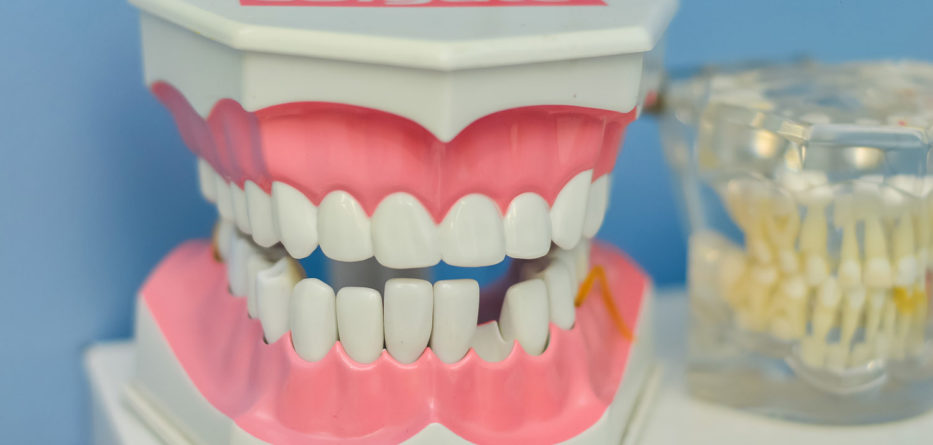PORTLAND, Ore. – Connections are becoming clearer between good oral health and treating high blood sugar.
November is Diabetes Awareness Month, and one way folks can better manage the disease is by seeing a dentist.
Dr. Lisa Bozzetti is the dental director at the Virginia Garcia Memorial Health Center in Hillsboro, originally founded to serve Oregon’s migrant farm worker population in Yamhill and Washington counties. She says dental health and diabetes don’t have a causal relationship, but they’re on a two-way street – looking after one improves the other.
“Patients who present with diabetes do tend to have a much higher incidence of periodontal disease,” she points out. “And there is some research to support that when you address the periodontal disease with cleanings – whether they be deep cleanings or just regular maintenance cleanings – that they do have an effect on stabilizing blood sugars.”
Bozzetti adds the incidence of gum disease is two to three times higher for patients with diabetes.
Alexa Jett, oral health integration manager for CareOregon, describes the relationship between the two as a cycle, where high blood sugar increases inflammation throughout the body, causing more gum inflammation and insulin resistance.
That’s why her organization is working to integrate dental care, which is covered for patients on Oregon’s Medicaid plan, into primary care settings.
“Oral health is part of routine diabetes care, just like it would be seeing your doctor for your blood sugar check or an eye exam, or a foot exam,” Jett explains.
Virginia Garcia Memorial Health Center is one place where CareOregon is pioneering work to more deeply connect oral health and primary care.
Bozzetti says the center is in the process of integrating the two.
“We actually are embedding dental hygienists in some of our primary care clinics,” she states. “And one of our ideas was to embed a dental hygienist in a primary care clinic that had a large percentage of diabetic patients.”






